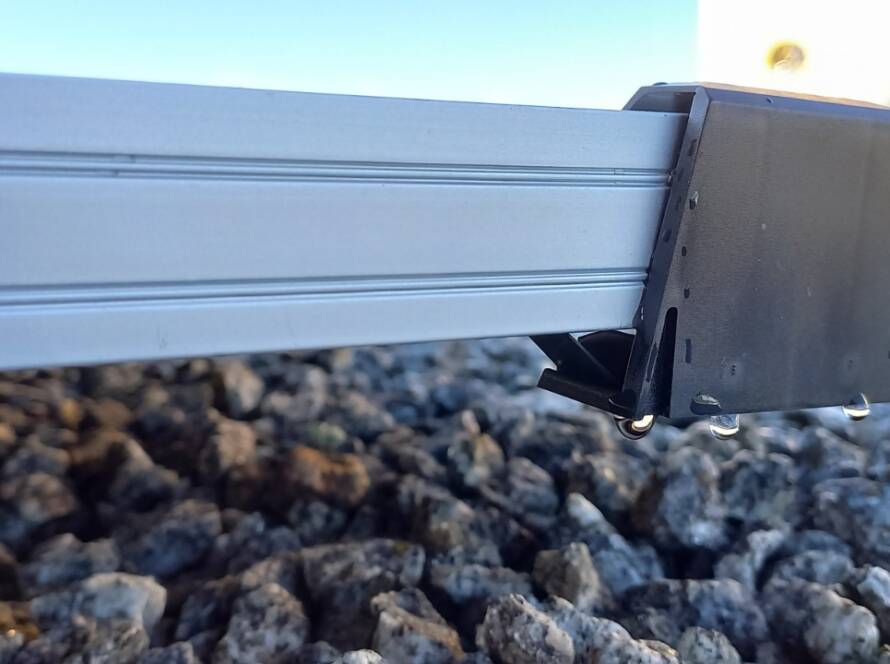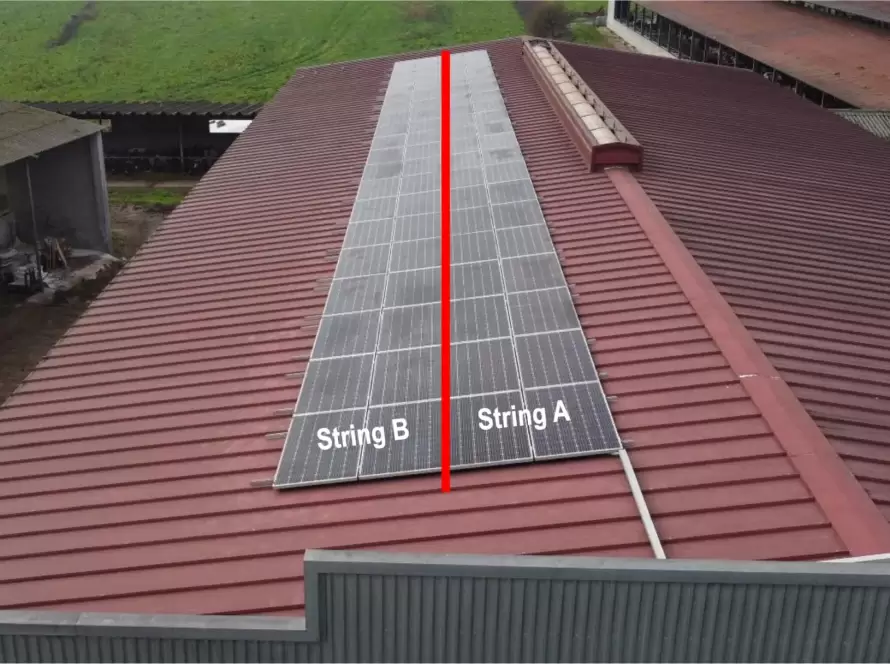Why dust affects solar panels?
Photovoltaic modules, essential components of solar energy systems, play a crucial role in harnessing sunlight to generate electricity. The efficiency of these modules, however, can be significantly impacted by soiling problems, particularly when they are installed at low tilt angles. Here, I will explore the challenges posed by soiling on photovoltaic modules with low tilt and discuss potential solutions to enhance their performance.
Low tilt angles, referring to the angle at which solar panels are installed relative to the horizontal plane, are often chosen for aesthetic or space constraints. While these installations have their advantages, such as maximizing ground space utilization, and excluding the shadow impact between rows, they come with a unique set of challenges. One prominent issue is the reduced effectiveness of self-cleaning mechanisms. Unlike solar panels with steeper tilt angles, those with lower tilts are less efficient in shedding accumulated dust and debris through rainwater runoff.

The diminished self-cleaning capability of low-tilt photovoltaic modules makes them more susceptible to soiling problems. Soiling refers to the accumulation of dirt, dust, pollen, and other contaminants on the surface of solar panels. When these substances accumulate, they create a barrier that obstructs sunlight from reaching the photovoltaic cells. As a consequence, the energy conversion efficiency of the solar panels is compromised, leading to a decrease in overall electricity production, and eventually to cell defects.
One of the primary reasons for the increased vulnerability of low-tilt solar installations to soiling is the shallower angle of the panels. Rainwater, a natural cleanser for solar panels, is less effective in washing away debris at lower tilt angles. Instead of running off the surface, rainwater tends to pool and evaporate, leaving behind a layer of accumulated contaminants. This phenomenon is especially pronounced in regions with infrequent or irregular rainfall, where the limited cleaning action exacerbates the impact of soiling.
How to take care of the soiling issue?
To address the soiling challenges associated with low-tilt photovoltaic modules, several strategies can be employed. One effective approach is regular manual cleaning (pay attention to good practices). While this may require additional labor and resources, periodic cleaning ensures that the solar panels remain free from obstructive layers, maximizing their exposure to sunlight. In some cases, automated cleaning systems, such as robotic cleaners, can be implemented to streamline the maintenance process and reduce the dependency on manual labor.
Furthermore, advancements in technology have led to the development of self-cleaning coatings for solar panels. These hydrophobic coatings are designed to repel water and prevent the adhesion of dust and dirt. By applying such coatings to the surfaces of photovoltaic modules, the accumulation of contaminants can be minimized, reducing the frequency of manual or automated cleaning required.
All these methods should be applied with water drain clips, using the capillary effect to expel the water stuck near the frame before it dries. This not only improves the overall efficiency of the solar installation but also lowers the operational and maintenance costs over time.
In addition to proactive cleaning measures, strategic site selection and planning can also contribute to minimizing the impact of soiling on low-tilt solar installations. Assessing local environmental conditions, such as dust levels, vegetation, and prevailing weather patterns, can inform decisions regarding the optimal tilt angle for solar panels in a given location. While aesthetic considerations and space constraints may influence tilt angle choices, finding a balance that minimizes soiling impact is essential for long-term performance.
In conclusion, photovoltaic modules with low tilt angles face distinct challenges related to soiling, impacting their energy conversion efficiency. The reduced effectiveness of self-cleaning mechanisms at lower tilts necessitates proactive measures such as regular manual cleaning, automated cleaning systems, and the application of self-cleaning coatings. Strategic site selection and planning are also crucial factors in mitigating the impact of soiling on low-tilt solar installations.
As the demand for sustainable energy sources continues to grow, addressing and overcoming these challenges will be essential in maximizing the effectiveness of solar power generation.
Each case is one case and you should be able to access which method, or combination of methods is suitable for your photovoltaic system. In case of doubt you can always measure the energy output after applying several methods to similar strings over time and monitor over time to see the one that suits you the best.
All the best,
António


